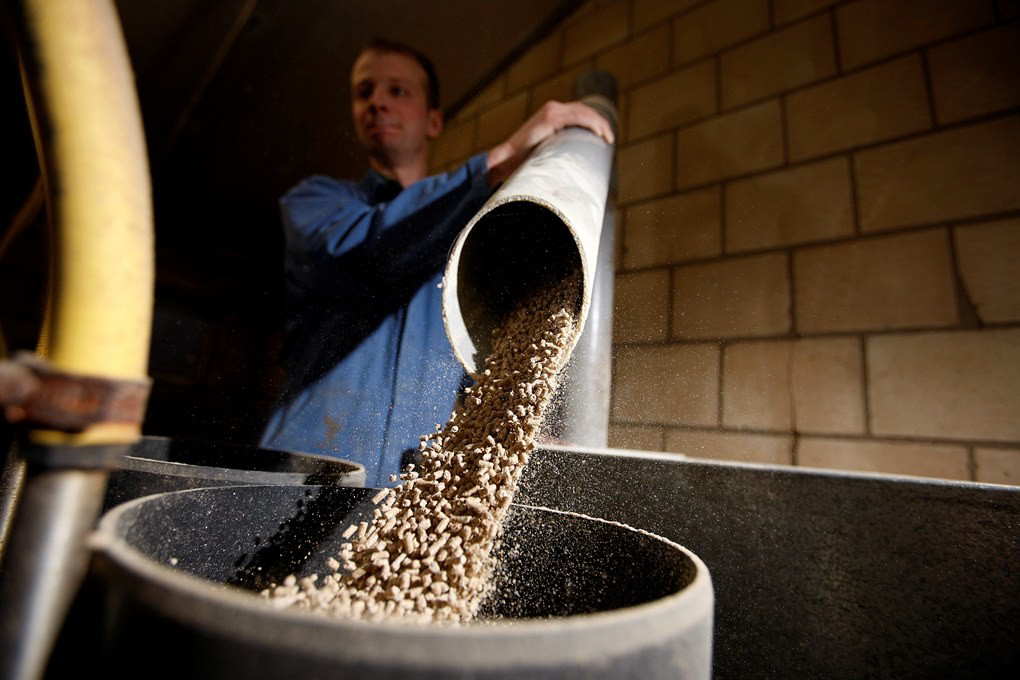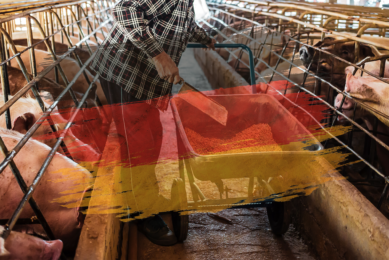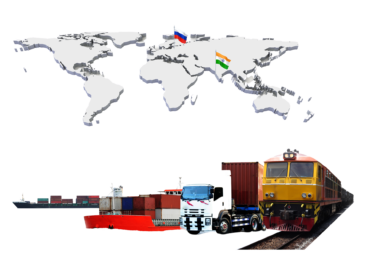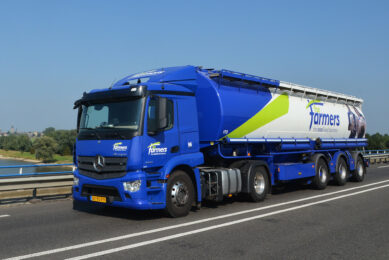The future of additives and their assessment

On 27 and 28 October 2016, Akademie Fresenius staged its 5th international feed conference, ‘Feed Additives, Animal Nutrition, Medicated Feed’, in Darmstadt/Germany. European industry experts, scientists and politicians discussed the legal requirements, new additives and a broad range of animal protection and animal health issues which the industry needs to take into consideration.
The speakers provided information on the challenges involved in authorising feed additives and gave an update on the revision of the medicated feed regulation. The agenda included reports by the European Commission on the expiry of authorisations for which no applications have been submitted and on the start of the re-authorisation process for additives that have already been re-evaluated. In addition, the use of feed supplements was discussed.
Antibiotic resistance – a global threat
Nick Major of the European feed producer ForFarmers highlighted the challenges facing the feed industry as a result of the worldwide problem of antibiotic resistance, the term used to describe the resistance of bacteria against antibiotics. As antibiotics are used in both human and veterinary medicine, treating infections is becoming increasingly difficult and this phenomenon is believed to be a major health risk for humans. During a UN Conference held recently, a political declaration was signed calling antibiotic resistance “the greatest and most urgent global risk”. As the main purpose of feed manufacturers is to keep animals healthy by offering a balanced diet and producing medicated feed as a service to farmers, antibiotic resistance is an issue for the feed industry which wants to avoid the potential reputational damage caused by the fact that feed is a route for distribution of Veterinary Medicinal Products (VMPs) to animals, Nick Major emphasised. He pointed out that the attitude to the manufacture and sale of medicated feed differs significantly amongst Member States. Nutrition can and will play an important role in producing healthier animals and reducing the use of antibiotics. Case studies in the Netherlands show just how successful a cross-sector cooperation between feed producers, farmers and veterinarians can be. Short-term success can be achieved simply by changing the way in which antibiotics are administered. Individual action plans – coordinated by local veterinarians – also promise to successfully boost biological safety in the long term. Nick Major also hopes that innovative new feed products will lead to further advances.
Also interesting: FAO releases action plan for antibiotic resistance
Feed additives via drinking water
In his presentation, Josef Kamphues, Director of the Institute of Animal Nutrition at the University of Veterinary Medicine Hanover, discussed the options for administering feed additives via drinking water. He recommended carefully weighing up the advantages and risks involved. The known risks to food safety and the environment that may result, for example, from a possible build-up of microorganisms and the formation of biofilm in water pipes, are counterbalanced by the potential opportunities. For example, farmers could react more quickly by administering additives via drinking water than through feedstuffs. These advantages really pay off when sudden diseases or abnormal behaviour are observed, or in cases where animals are refusing to eat. However, numerous legal and technical questions still need to be clarified. Currently, there is a lot of prejudice against the administration of additives via drinking water as there are no clear solutions yet to prevent double administration via feed and water nor for overdosing.
Tail-biting amongst fattening pigs
Geert van der Peet of Wageningen University (the Netherlands) devoted his talk to the highly sensitive topic of tail-biting amongst pigs. Van der Peet gave a report on new developments and approaches aimed at putting an end to tail-biting and preventative tail-docking measures. However, despite all the progress being made and encouraging new approaches, he had to admit: “Steps were made, but we’re not there yet!” Tail-biting is a problem caused by many factors – factors which cannot simply be resolved through the introduction of individual measures, such as changing the fodder. The efforts of farmers and animal keepers are key to success as standard solutions are not the answer.
2018 deadline: FEEDAP guidance documents to be updated
Jaume Galobart of the European Food Safety Authority (EFSA) reported on the recent work of the EFSA panel on additives and products or substances used in animal feed (FEEDAP) with regards to the update of the Panel’s guidance documents for the assessment of feed additives. FEEDAP issues independent scientific recommendations on the safety and effectiveness of substances for feedstuffs and examines how safe these are for the respective species, the consumer, the user and the environment. By 2018, the panel will have finished updating its guidance documents on the assessment of feed additives. Jaume Galobart reported on how work is progressing and on the latest issues to emerge from revising the documents. Around the middle of next year, public consultations on the revision of the guidance documents are expected to take place.
Author:
Akademie Fresenius











